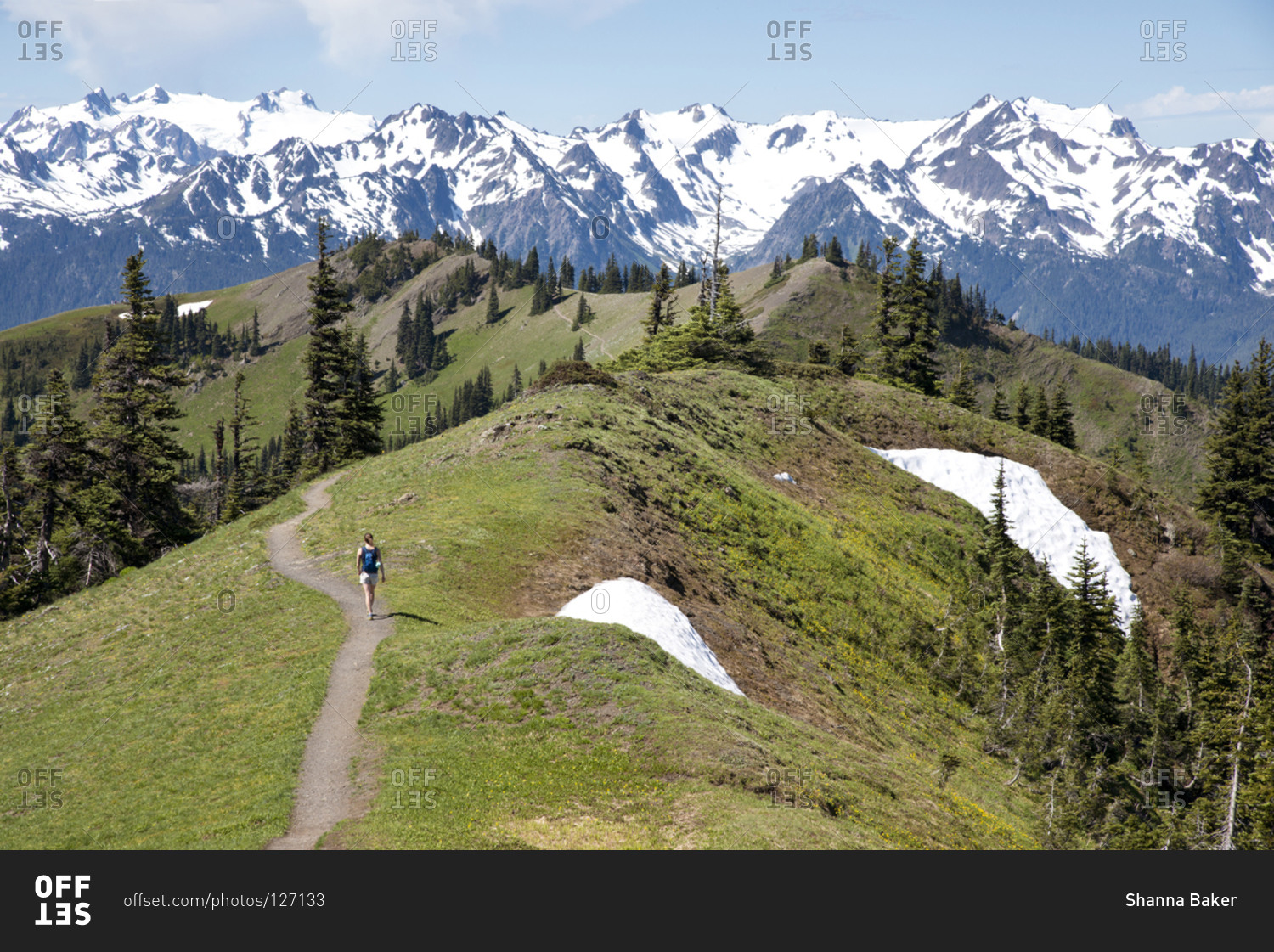Adidas for hiking? It might not be the first brand that springs to mind, but Adidas offers a surprisingly robust range of hiking footwear, designed for everything from casual trail walks to more serious backpacking adventures. This exploration delves into Adidas’ hiking shoe offerings, comparing them to competitors, examining their marketing strategies, and considering their commitment to sustainability.
We’ll cover the technological innovations behind their shoes, analyze customer reviews, and even speculate on future trends in Adidas’ hiking line. Whether you’re a seasoned hiker or just starting out, this overview will help you decide if Adidas gear is right for your next outdoor excursion.
Comparison with Competitors
Choosing the right hiking shoe can significantly impact your comfort and performance on the trail. This comparison focuses on key differences between Adidas hiking shoes and similar offerings from Salomon, a leading competitor in the outdoor footwear market. We’ll examine features, pricing, and the target user for each model to help you make an informed decision.
Adidas Terrex AX4 vs. Salomon X Ultra 4
This comparison highlights the differences between two popular mid-cut hiking shoes designed for a variety of terrains. Both are known for their stability and comfort, but cater to slightly different needs.
| Feature | Adidas Terrex AX4 | Salomon X Ultra 4 | Key Differences |
|---|---|---|---|
| Price Range | $100-$150 | $130-$180 | Salomon is generally slightly more expensive. |
| Weight | Relatively lightweight | Relatively lightweight | Both are comparable in weight, suitable for day hikes. |
| Midsole | EVA midsole for cushioning | EnergyCell midsole for cushioning and responsiveness | Salomon offers a more responsive midsole, potentially better for longer distances. |
| Outsole | Continental rubber outsole for grip | Contagrip outsole for grip and durability | Both provide good grip, but Contagrip is often praised for its longevity. |
| Target Audience | Hikers seeking a versatile, comfortable shoe for various trails. | Hikers prioritizing stability and responsiveness, especially on uneven terrain. | Adidas focuses on all-around comfort, while Salomon emphasizes performance on challenging trails. |
Adidas Terrex Agravic vs. Salomon Sense Ride 5
These trail running shoes, while suitable for some light hiking, showcase a different focus on agility and speed.
| Feature | Adidas Terrex Agravic | Salomon Sense Ride 5 | Key Differences |
|---|---|---|---|
| Price Range | $120-$170 | $130-$180 | Pricing is similar, reflecting their performance-oriented nature. |
| Weight | Lightweight, designed for speed | Lightweight, designed for speed and agility | Both are very lightweight, prioritizing speed over heavy-duty support. |
| Midsole | Boost midsole for energy return | EnergyCell+ midsole for cushioning and responsiveness | Adidas utilizes Boost for a more energetic feel, while Salomon focuses on a balanced cushioning and responsiveness. |
| Outsole | Continental rubber outsole for grip | Contagrip MA outsole for versatile grip | Both provide good grip, with slight differences in their overall traction performance. |
| Target Audience | Trail runners and hikers prioritizing speed and agility on technical trails. | Trail runners and hikers who value comfort, responsiveness, and stability on varied terrains. | Adidas targets users who want a more energetic feel, while Salomon emphasizes a more versatile and stable ride. |
Adidas Terrex Free Hiker vs. Merrell Moab 3, Adidas for hiking
This comparison contrasts a more technical hiking boot with a popular, versatile hiking shoe.
| Feature | Adidas Terrex Free Hiker | Merrell Moab 3 | Key Differences |
|---|---|---|---|
| Price Range | $180-$250 | $100-$150 | The Adidas model is significantly more expensive, reflecting its higher-end features. |
| Weight | Relatively heavier, built for support | Lightweight and comfortable for day hikes | The Adidas boot is heavier due to its increased support and durability. |
| Midsole | Boost midsole for cushioning and energy return | EVA midsole for cushioning | Adidas uses Boost for superior cushioning and energy return. |
| Outsole | Continental rubber outsole for grip and durability | Vibram outsole for grip | Both offer good grip, but the Continental rubber is generally considered more durable. |
| Target Audience | Hikers undertaking longer, more challenging hikes requiring significant ankle support. | Hikers looking for a comfortable, versatile, and affordable shoe for everyday use and shorter hikes. | Adidas targets serious hikers, while Merrell focuses on a broader audience seeking comfort and affordability. |
From lightweight trail runners to sturdy backpacking boots, Adidas offers a diverse range of hiking footwear catering to various needs and skill levels. While perhaps not as established in the hiking market as some competitors, their innovative technologies and growing commitment to sustainability position them as a compelling option for outdoor enthusiasts. Ultimately, the best Adidas hiking shoe for you will depend on your specific needs and preferred hiking style.
So, lace up, hit the trails, and discover your perfect fit.
FAQs: Adidas For Hiking
Are Adidas hiking shoes waterproof?
Some Adidas hiking shoes are waterproof, while others are water-resistant. Check the product description for specific details.
How do Adidas hiking shoes compare to Salomon?
Adidas and Salomon both offer high-quality hiking shoes, but they often target slightly different user groups and prioritize different features. Salomon tends to focus on technical features for serious hikers, while Adidas offers a broader range encompassing more casual options.
What is Adidas Boost technology?
Boost is Adidas’ proprietary cushioning technology. It uses thousands of tiny energy capsules to provide responsive cushioning and energy return.
Where can I find Adidas hiking shoes?
Adidas hiking shoes are available on the Adidas website, at select retailers, and sometimes on online marketplaces.
In this topic, you find that where can i buy hiking boots is very useful.


